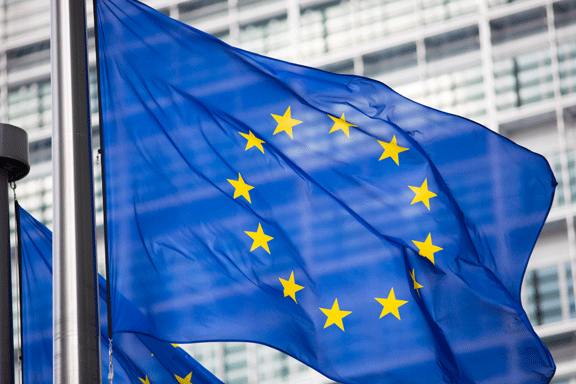European steel review, Part 1: Central, Eastern Europe offer mixed picture
(Editor’s Note: This is the first of a two-part review of the European steel sector.)
While steelmakers east of Berlin are working to meet rising demand, others are facing myriad technical and regulatory challenges.
Those challenges include a global pandemic that has severely impacted economies, industry watchers and market participants told MetalMiner.
Sign up today for Gunpowder, MetalMiner’s free, biweekly e-newsletter featuring news, analysis and more.
European steel faces higher costs, environmental restrictions
Steel plants in Central and Eastern European states that are members of the European Union face not only higher costs, but also environmental restrictions that could eventually mean an additional $30-40 per tonne to make steel.
China’s recovery from the coronavirus pandemic has led to increases there in steel production and cheaper imports.
As a result, China’s rebound has further impacted European steelmakers in Central and Eastern Europe.
‘Shifting east’
Foreign metals and mining groups started to acquire plants in Central and Eastern Europe in the late 1990s to early 2000s. Governments in those regions sought to privatize what in many cases were previously state-owned assets.
“The view was that the market was shifting east in terms of manufacturing bases,” as Western European automakers and white goods producers were setting up shop in those countries, one analyst said.
Some of the acquired assets also have either captive raw materials sources or easier access to them. This solved potential supply chain questions and allowed the acquiring groups to redistribute material elsewhere within their own network.
Many of the newer member states that joined from 2004 were also receiving subsidies from Brussels for infrastructure improvements. Those improvements would, in many cases, require steel, the analyst added.
ArcelorMittal in the M&A space
Luxembourg-headquartered ArcelorMittal has been one of the M&A leaders in Central and Eastern Europe.
The steelmaker has acquired assets in Poland, former Yugoslavia, Romania and Ukraine, variously as LNM Steel and Mittal Steel until its 2006 takeover of Arcelor Steel.
In October, however, ArcelorMittal announced it would permanently close the hot end at its Polish flats producer Kraków. Expected rises in energy costs from January 2021 and poor market demand contributed to the decision.
The site had one operating blast furnace with 1.53 million tonnes per year (tpy) of pig iron capacity, a group official said.
Kraków also had a converter shop with three, 160-tonne basic oxygen furnaces that were able to produce 2.5 million tpy of crude steel.
Feedstock slab for rolling will now come from ArcelorMittal’s Dąbrowa Górnicza plant, about 70 kilometers east of Kraków, the group added.
ArcelorMittal also disposed of assets in the Czech Republic, Romania and North Macedonia by selling them to Liberty Steel. However, this occurred in line with its 2017 acquisition of Italian steelmaking group Ilva. The disposal of the assets followed the European Commission’s directive that the group must sell several of its assets within the bloc for the deal to proceed.
U.S. Steel’s forays into European steel
Pittsburgh-based U.S. Steel is another group to make forays into Central and Eastern Europe.
In 2000, U.S. Steel acquired Slovak integrated flats producer VSŽ, which it renamed U.S. Steel Košice.
One of the major projects at that site was the $160 million project to build a 300,000 tpy hot dipped galvanizing line, which it commissioned in November 2007.
That plant also announced in mid-2019 that it would idle its BF 2, citing high costs and high steel imports.
In its nine-month 2020 report, the parent group announced that its European steel segment, US Steel Europe (under which it reports Košice), reported a $27 million loss in earnings before interest and income taxes. Meanwhile, it recorded net sales of about $1.41 billion.
The loss was unchanged year over year. However, net sales were down about 28% to $1.4 billion from $1.94 billion over the same time in 2019.
In September 2003, U.S. Steel acquired the integrated flats producer Sartid, in what was then Serbia & Montenegro. However, U.S. Steel resold the plant back to the Serbian government for $1 in 2012, citing poor production levels and high costs.
The MetalMiner 2021 Annual Outlook consolidates our 12-month view and provides buying organizations with a complete understanding of the fundamental factors driving prices and a detailed forecast that can be used when sourcing metals for 2021 — including expected average prices, support and resistance levels.



Leave a Reply